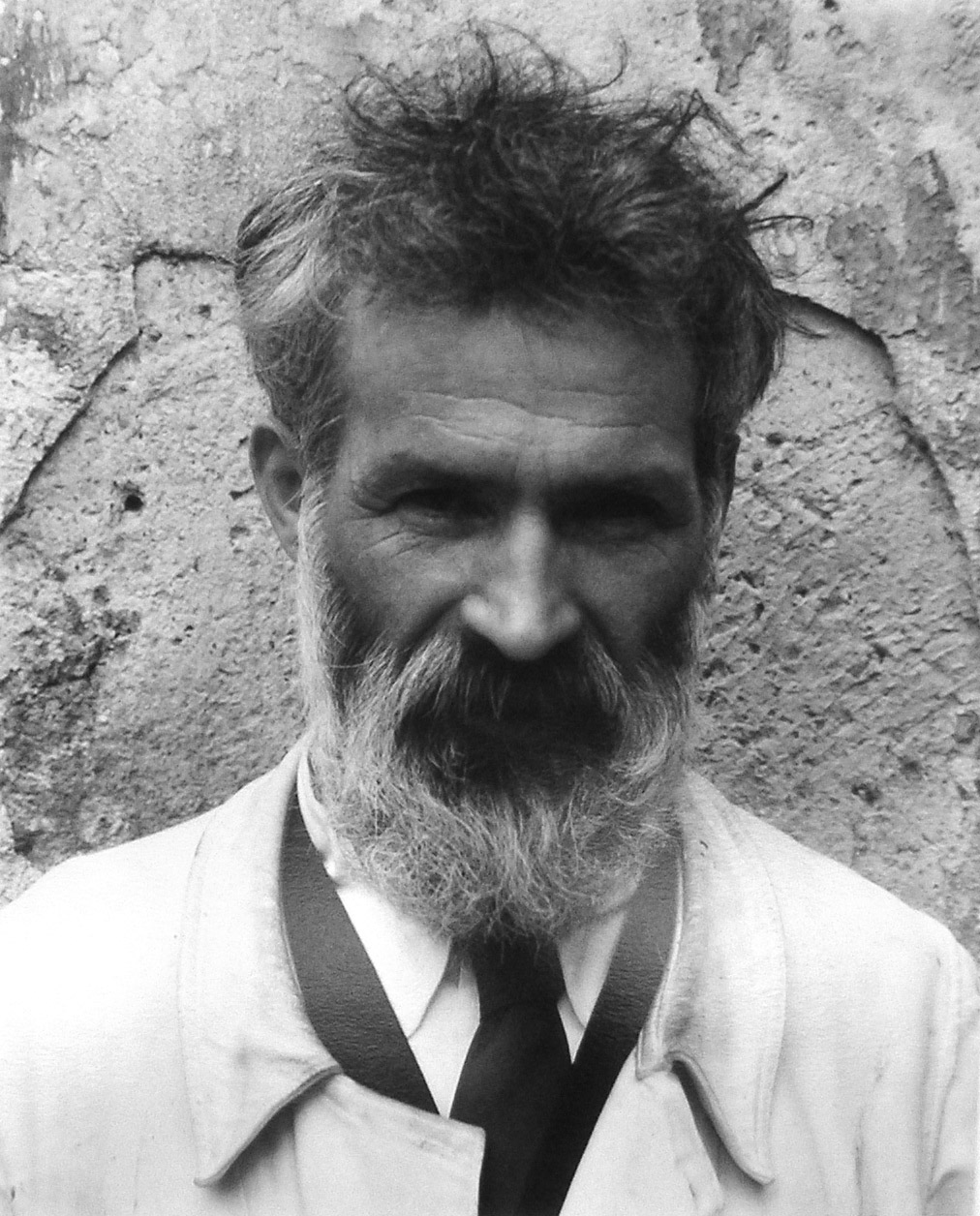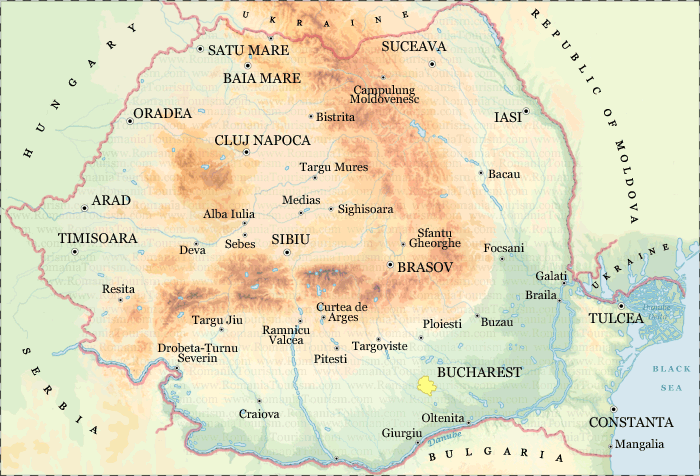Tuesday, November 29, 2011
Friday, November 25, 2011
Constantin Brancusi
Constantin Brâncuşi (February 19, 1876 – March 16, 1957) was a Romanian-born sculptor who made his career in France. Brâncuşi grew up in the village of Hobiţa Romania, Gorj, near Târgu Jiu, close to Romania's Carpathian Mountains, an area known for its rich tradition of folk crafts, particularly woodcarving. Geometric patterns of the region are seen in his later works.
In 1938, he finished the World War I monument in Târgu-Jiu where he had spent much of his childhood. "Table of Silence", "The Gate of the Kiss", and "Endless Column" commemorate the courage and sacrifice of Romanian civilians who in 1916 fought off a German invasion. The restoration of this ensemble was spearheaded by the World Monuments Fund and was completed in 2004.
He died on March 16, 1957 at the age of 81 leaving 1200 photographs and 215 sculptures. He was buried in the Cimetière du Montparnasse in Paris (Wikipedia).
We had the opportunity to visit the three monuments:
 |
| Antonio and Francisco (Paco) next to The Gate of the Kiss |
 |
| Beautiful words next to the Table of Silence |
 |
| And the final ceremony next to the Endless Column |
Tuesday, November 22, 2011
Source of Mundo River (Spain)
Mundo is a river which starts near Riópar, in south-eastern Spain. It flows into the river Segura near Hellín. You are invited to see it...
Monday, November 21, 2011
Carpathian Mountains (Romania)
 |
| From left to right: Rasit, Rocío, Ibrahim and Melike |
The Carpathian Mountains or Carpathians are a range of mountains forming an arc roughly 1,500 km (932 mi) long across Central and Eastern Europe, making them the second-longest mountain range in Europe (after the Scandinavian Mountains, 1,700 km (1,056 mi)). They provide the habitat for the largest European populations of brown bears, wolves, chamois and lynxes, with the highest concentration in Romania, as well as over one third of all European plant species. The word "Carpathian" is derived from Thracian Greek Καρπάτῆς όρος (Karpates oros), meaning "rocky mountain", probably via German Karpathen and Latin Carpatus. Its earlier origins are unclear. The name Karpates may ultimately be from the Proto Indo-European root *sker-/*ker-, from which comes the Albanian word karpë (rock), and the Slavic word skála (rock, cliff), perhaps via a Dacian cognate which meant mountain, rock or rugged (Wikipedia).
Tuesday, November 15, 2011
Romanescu Park in Craiova (Romania)
Romanescu Park is the fourth largest park in Europe. Its construction was initiated by the mayor of Craiova in 1901, Nicolae Romanescu. The French architect Edouart Rendont undertook the design of the park where he won the gold medal at the Paris Universal Exposition of 1900.
Photos: Melike Ornek
Monday, November 14, 2011
Visit in Targu-Jiu (Romania)
 |
| "Alexandru Stefulescu" School |
 |
| A classroom in the school |
 |
| The Gate of the Kiss (C. Brancusi) |
We are thankful to director of the host school Mr. Aurel Popescu, contact person Mrs. Adela Scheau and the rest of comenius team for their fantastic work.
 |
| Some teacher who participated in the meeting |
Summary of the project:
The main focus of our project is to take attention to nature consciousness and endemic species under the risk of extinction. We will try to share knowledge about plants and species of plants with our partners in order to create a library of plants by saving different species from other European countries. So our students will be aware of differences of plants, life styles and cultures through this project. They will also gain much more information about nature consciousness and they will be aware of the importance of global warming. So they will try to much more careful at their world.
This project is a study of plants collecting, drying and labeling under the researches to be sufficient to some scientific studies and to make use of plants, supply their endurance. Through our proposed activities we’d like to improve knowledge and motivations among pupils to protect nature and its values.
Through this partnership we are going to raise awareness and responsibility among pupils regarding environment. Also our project develops the initiative spirit, the communication; the good practices exchange regarding environmental theme and provide a quality education according with actual issues. Each school involved in this partnership will provide activities of tree plantation and greening, will organize trips with the purpose to identify the areas that have been destroyed by human ignorance. There will be organized different exhibitions and contests based on environment protection, which will be also a mean of non-formal learning. Each school will offer as an example a clean and a healthy environment.
This partnership brings together teachers and pupils from 9 different European countries for the purpose of accomplishing some activities on environmental education.
| Comenius team in Romanescu Park (Craiova) |
Text: Melike O.
Photos: Francisco M.
Sunday, November 13, 2011
Friends for life - Amigos para siempre - Amics per sempre
This video is dedicated to my Comenius friends!
The Catalan rumba is a genre of music that developed in Barcelona's Romani community. Some neighborhoods in that community are long-established and catalan-speaking. Los Manolos (as well as the Gipsy Kings) brought their musical spirit to Catalan rumba in the 1980s and 1990s. The genre is based in a fusion of Valencian-Andalusian flamenco singing and the Afro-Cuban "claves" (a structural element in Cuban music).
The Catalan rumba is a genre of music that developed in Barcelona's Romani community. Some neighborhoods in that community are long-established and catalan-speaking. Los Manolos (as well as the Gipsy Kings) brought their musical spirit to Catalan rumba in the 1980s and 1990s. The genre is based in a fusion of Valencian-Andalusian flamenco singing and the Afro-Cuban "claves" (a structural element in Cuban music).
"Amigos Para Siempre" (Friends for Life) or "Amics per sempre" is a song written for the 1992 Summer Olympics in Barcelona. The music was composed by Andrew Lloyd Webber and the lyrics were written by Don Black. Sarah Brightman and José Carreras performed the song during the closing ceremony of the Olympic games. In Spain, however, the most famous rendition of this song was by Los Manolos with rumba arrangements and Spanish lyrics (except for the chorus).
Muchas gracias. Merci beaucoup. Thank you. Obrigado. Mulţumesc. D'akujem. Dziękuję. благодаря. Ačiū. Teşekkür ederim
Thursday, November 10, 2011
Monday, November 07, 2011
IES Izpisúa Belmonte video
Aquí os dejo el vídeo de presentación de nuestro centro que no pudimos ver en el encuentro debido a problemas técnicos.
Subscribe to:
Posts (Atom)






